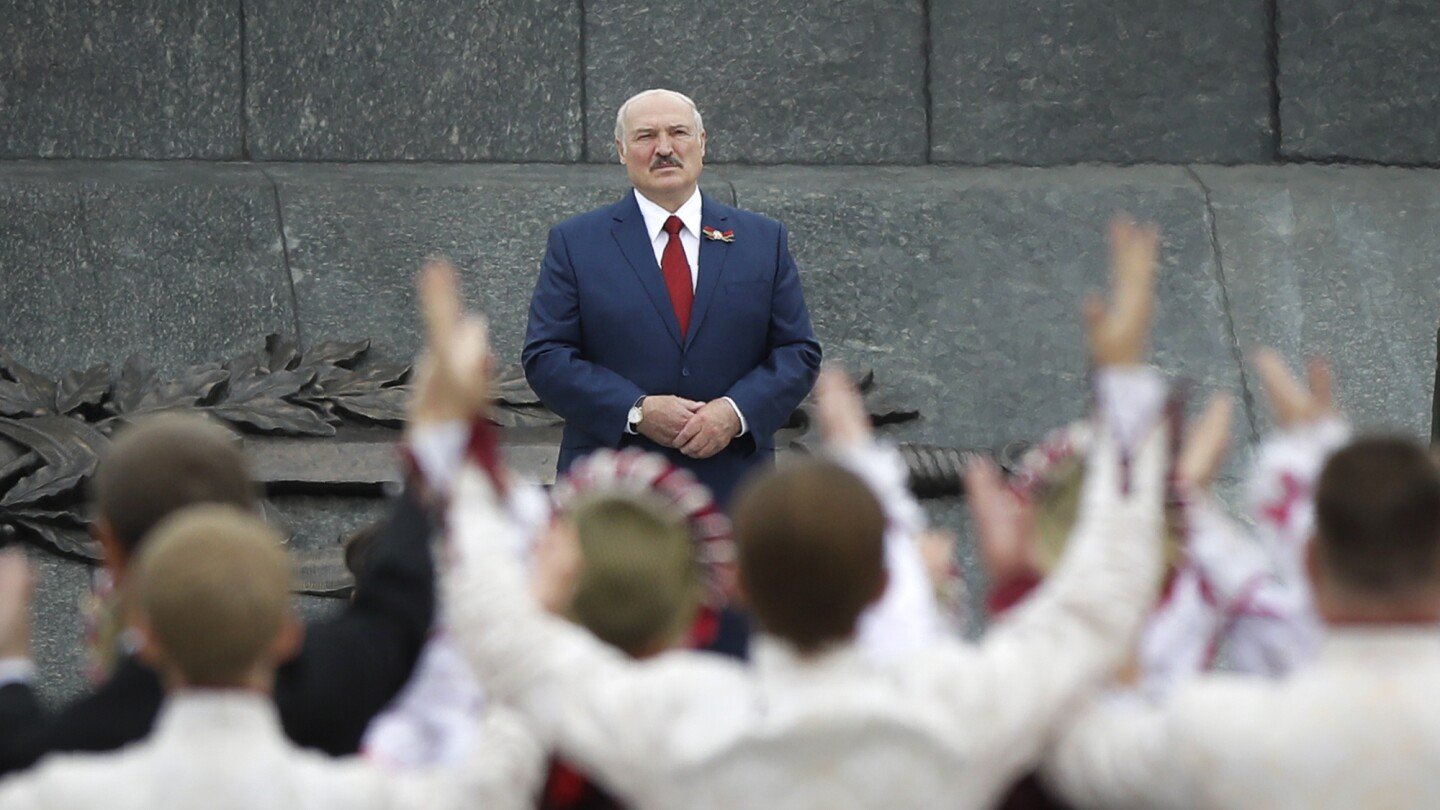When school started this year for Mikalay in Belarus, the 15-year-old discovered that his teachers and administrators no longer called him by that name. Instead, they referred to him as Nikolai, its Russian equivalent.
What’s more, classes at his school — one of the country’s best — are now taught in Russian, not Belarusian, which he has spoken for most of his life.
Belarusians like Mikalay are experiencing a new wave of Russification as Moscow expands its economic, political and cultural dominance to overtake the identity of its neighbor.
It’s not the first time. Russia under the czars and in the era of the Soviet Union imposed its language, symbols and cultural institutions on Belarus. But with the demise of the USSR in 1991, the country began to assert its identity, and Belarusian briefly became the official language, with the white-red-white national flag replacing a version of the red hammer and sickle.



Genocide Convention
Participation in the Genocide Convention
Signed and ratified
Acceded or succeeded
Only signed
On 9 December 1948, the UN General Assembly adopted the Convention on the Prevention and Punishment of the Crime of Genocide (CPPCG);[19] it came into effect on 12 January 1951 after 20 countries ratified it without reservations.[20] The convention’s definition of genocide was adopted verbatim by the ad hoc international criminal tribunals and by the Rome Statute that established the International Criminal Court (ICC).[21]Genocide is defined as:
Definitions
Main article: Genocide definitions
The definition of genocide generates controversy whenever a new case arises and debate erupts as to whether or not it qualifies as a genocide. Sociologist Martin Shaw writes, “Few ideas are as important in public debate, but in few cases are the meaning and scope of a key idea less clearly agreed.”[41][42] Some scholars and activists use the Genocide Convention definition.[14] Others prefer narrower definitions that indicate genocide is rare in human history, reducing genocide to mass killing[43] or distinguishing it from other types of violence by the innocence,[44] helplessness, or defencelessness of its victims.[45] Most genocides occur during wartime, and distinguishing genocide or genocidal war from non-genocidal warfare can be difficult.[46] Likewise, genocide is distinguished from violent and coercive forms of rule that aim to change behavior rather than destroy groups.[47][48] Some definitions include political or social groups as potential victims of genocide.[49] Many of the more sociologically oriented definitions of genocide overlap that of the crime against humanity of extermination, which refers to large-scale killing or induced death as part of a systematic attack on a civilian population.[50] Isolated or short-lived phenomena that resemble genocide can be termed genocidal violence.[51]
Cultural genocide or ethnocide—actions targeted at the reproduction of a group’s language, culture, or way of life[52]—was part of Raphael Lemkin’s original concept, and its proponents in the 1940s argued that it, along with physical genocide, were two mechanisms aiming at the same goal: destruction of the targeted group. Because cultural genocide clearly applied to some colonial and assimilationist policies, several states with overseas colonies threatened to refuse to ratify the convention unless it was excluded.[53] Most genocide scholars believe that both cultural genocide and structural violence should be included in the definition of genocide, if committed with intent to destroy the targeted group.[54]Although included in Lemkin’s original concept and by some scholars, political groups were also excluded from the Genocide Convention. The result of this exclusion was that perpetrators of genocide could redefine their targets as being a political or military enemy, thus excluding them from consideration.[55]